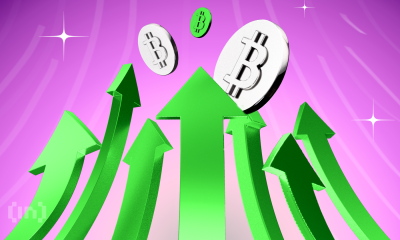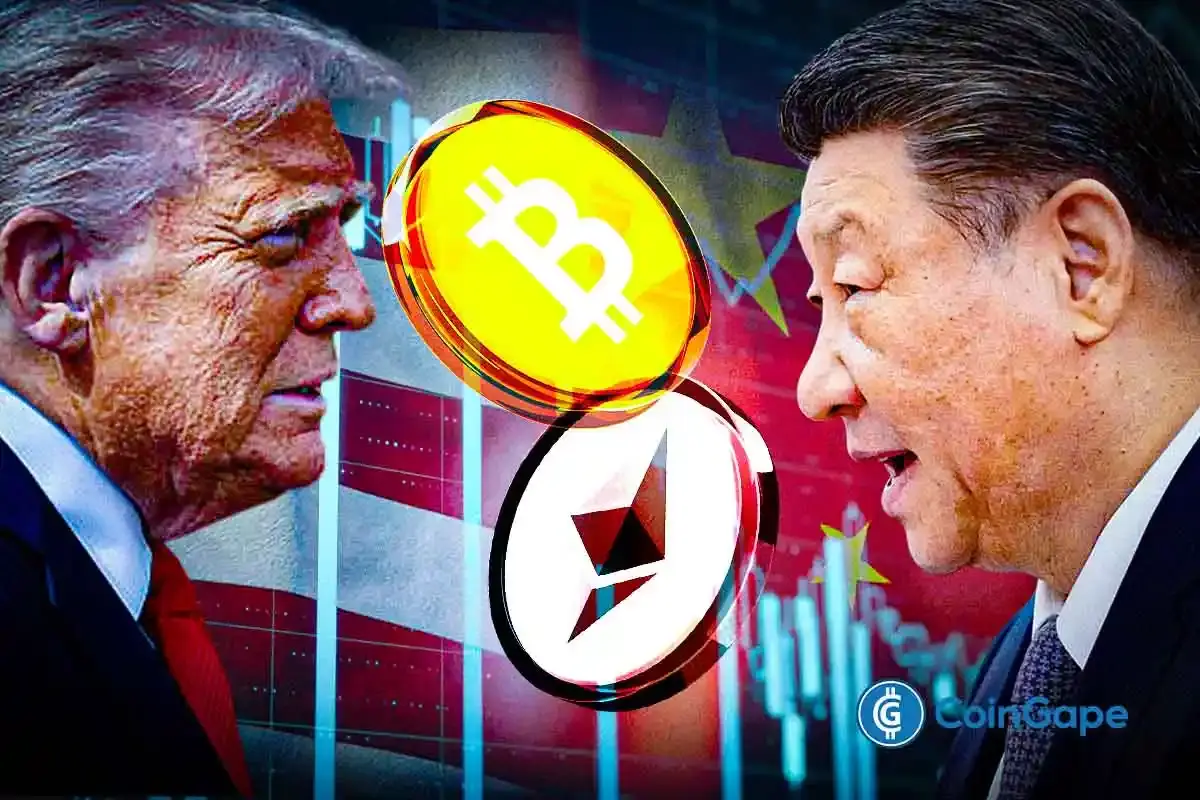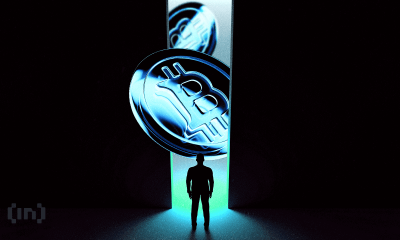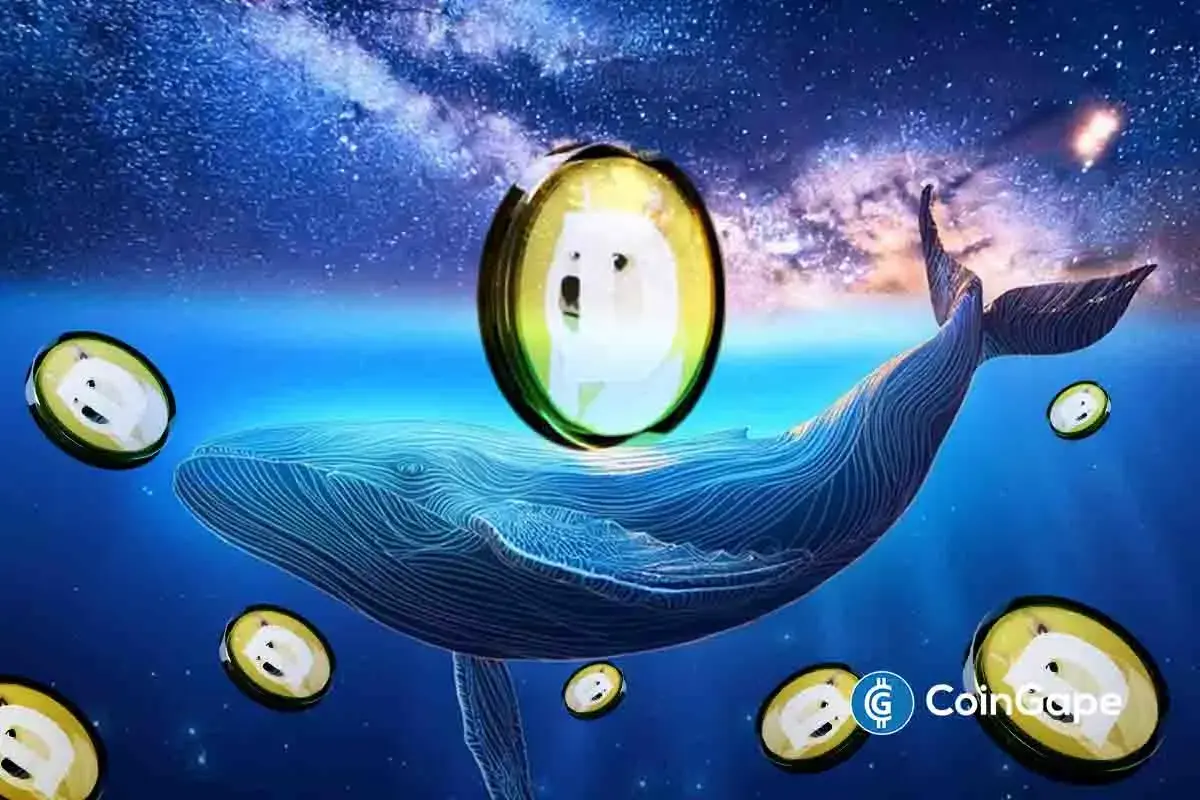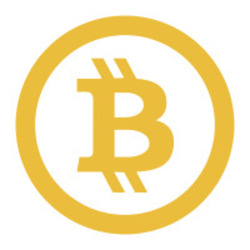Market
When Will Bitcoin (BTC) Break to New All-Time Highs?
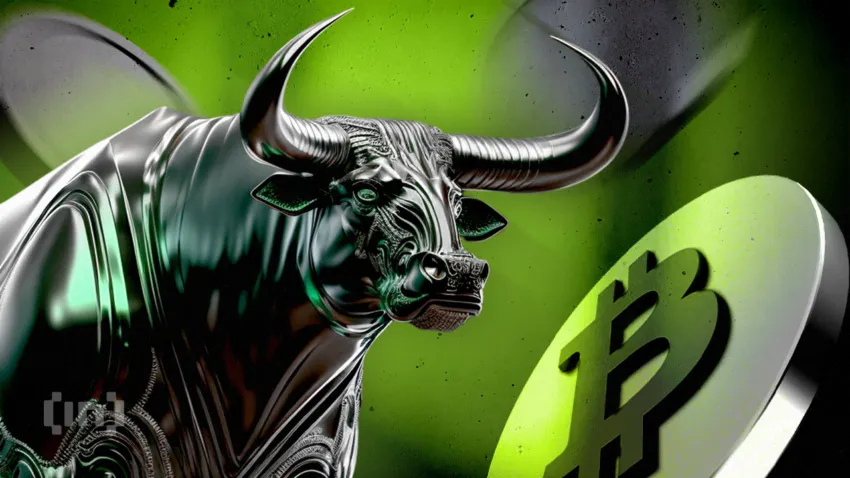
Bitcoin (BTC) is showing signs of a potential turnaround despite recent volatility, as key on-chain indicators and institutional flows point to improving sentiment. The Mayer Multiple remains below 1, hinting at undervaluation.
Meanwhile, institutional confidence appears to be returning, with BlackRock’s recent 2,660 BTC purchase marking the largest inflow into its Bitcoin ETF in six weeks. As the market stabilizes and adapts to macroeconomic pressures, Bitcoin’s path to new highs is beginning to take shape.
BTC Mayer Multiple Is Still Below 1
Bitcoin’s Mayer Multiple is currently sitting at 0.98, slightly above its recent low of 0.94 recorded on March 10.
This reading suggests that Bitcoin is still undervalued relative to its historical norms, as it continues to trade below its 200-day moving average.
The indicator has been hovering below the 1.0 mark for much of the recent consolidation period, raising questions about when BTC might regain enough momentum to push toward new highs.
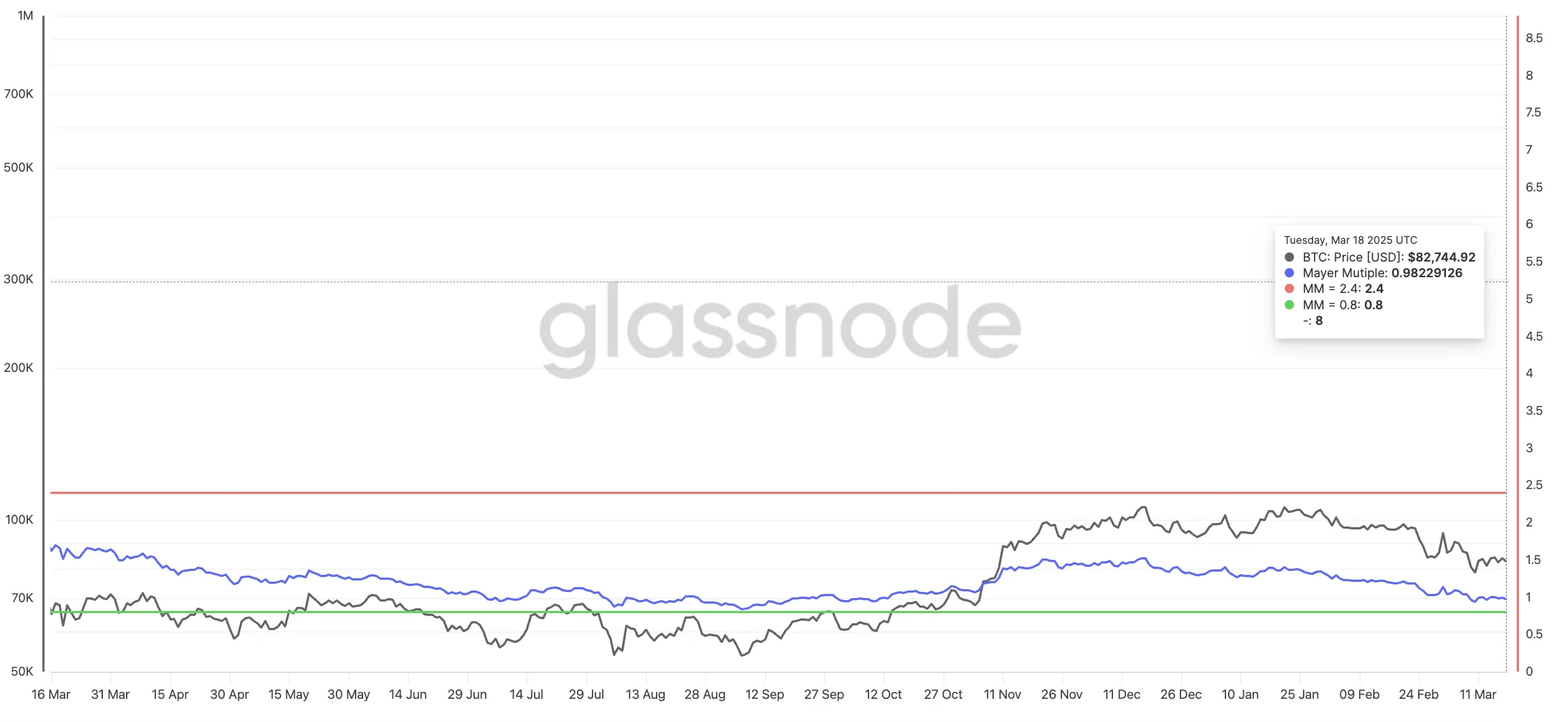
The Mayer Multiple measures the ratio of Bitcoin’s current price to its 200-day moving average, providing insights into whether the asset is overextended or undervalued.
Historically, values below 0.8 tend to signal that Bitcoin is heavily discounted and could be in a long-term accumulation zone, while levels above 2.4 often indicate overheated, euphoric conditions.
With the current reading at 0.98, Bitcoin is approaching a neutral-to-bullish threshold.
The last time the Mayer Multiple dipped to 0.84, Bitcoin quickly rallied from $54,000 to $65,000 in just two weeks. It later stabilized between 1.2 and 1.4 before ultimately surging past $100,000 for the first time.
While history doesn’t always repeat, this current setup could be an early sign that Bitcoin is building the foundation for its next major leg higher.
Bitcoin MVRV Brings An Important Threshold
Bitcoin’s 7-day MVRV (Market Value to Realized Value) ratio has climbed to 2.38%, recovering from a recent low of -8.44% on March 8.
This rebound signals that short-term holders are beginning to see modest profits, but historical patterns suggest that stronger price momentum usually follows once the 7D MVRV crosses above the 5% mark.
At its current level, BTC still appears to be in a transition phase. Sentiment is shifting, but it hasn’t fully flipped into a bullish breakout scenario.
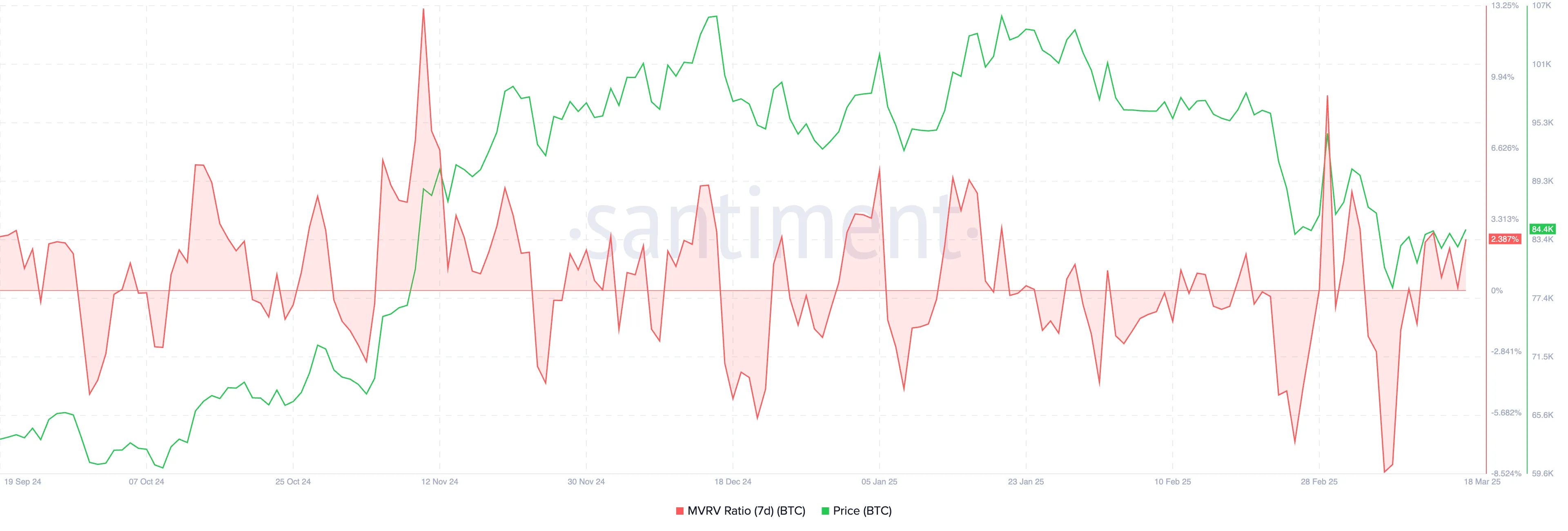
The 7D MVRV measures the ratio between Bitcoin’s market value and the average price paid by short-term holders (typically those who acquired BTC in the last 7 days). When the ratio is negative, it indicates these holders are underwater, while positive readings imply they are sitting on profits.
Historically, BTC tends to gain upward momentum when the 7D MVRV moves beyond +5%, as it suggests confidence among short-term participants is returning. Given that BTC is still below this threshold, it may need further accumulation or consolidation before it can convincingly push toward creating new highs.
If the ratio continues to climb and surpass 5%, that could trigger renewed bullish activity and a potential breakout toward fresh all-time highs.
Will Bitcoin (BTC) Create New Highs Soon?
Despite Bitcoin’s 11.4% decline over the past 30 days, institutional bullish sentiment appears to be back, with BlackRock signaling renewed confidence in BTC.
The world’s largest asset manager recently added 2,660 Bitcoin to its iShares Bitcoin Trust (IBIT), marking the biggest inflow into the fund in the past six weeks.
This significant buy comes after a period of uncertainty in IBIT flows since early February, suggesting that institutions are once again positioning for potential upside as market conditions evolve.

BlackRock’s latest buy could signal a broader shift in sentiment as big players overlook short-term volatility and refocus on Bitcoin’s long-term value.
Institutional interest is picking up again while the market slowly adapts to macro pressures like Trump’s proposed tariffs.
Despite the lingering uncertainty, Bitcoin price setup for new highs is growing stronger as confidence returns. If macro conditions stabilize, Bitcoin could be ready for another push higher soon.
Disclaimer
In line with the Trust Project guidelines, this price analysis article is for informational purposes only and should not be considered financial or investment advice. BeInCrypto is committed to accurate, unbiased reporting, but market conditions are subject to change without notice. Always conduct your own research and consult with a professional before making any financial decisions. Please note that our Terms and Conditions, Privacy Policy, and Disclaimers have been updated.
Market
Here’s What Happens If The XRP Price Closes Out This Week Above $2.25

XRP is back trading above, $2, and bullish momentum is gradually creeping back compared to its price action at the end of March and beginning of April. Crypto analyst EGRAG CRYPTO believes this week could highlight a turning point for a full flip into bullish momentum, and how the XRP price closes out the week will be very important.
According to the analyst’s outlook, which was posted on social media platform X, the current XRP candle on the weekly timeframe is hovering just above both $2.10 and the 21-week Exponential Moving Average (EMA). However, he noted that the real confirmation lies with if XRP can manage to close the week with a full-bodied candle above $2.25.
Why Is $2.25 Important For XRP’s Price?
The $2.25 level has now become more than just another short-term resistance. It is what EGRAG considers the final barrier to validating the recovery structure forming after March and April’s sharp retracement. His weekly chart shows XRP climbing out from a significant low after bouncing off the 0.888 Fib extension level and now stabilizing above the yellow 21-week EMA line.
The alignment of XRP’s price above both the $2.10 price level and this moving average adds credibility to the potential of a bullish continuation, but EGRAG makes it clear that a weekly close above $2.25 is the “lock-in” point. From a technical standpoint, this would mark the first full-bodied weekly candle above the 21W EMA since the past four weeks. If achieved, this can be interpreted confirmation that bulls have regained dominance and that a bottom was established on April 7.

Furthermore, it suggests that the April 7 bottom will continue to hold as support going forward. The chart also outlines close price targets at $2.51 and $2.60, with Fibonacci extension levels projecting even higher zones at $2.69 on the way to crossing back above $3.
Failing To Close Above $2.25 Could Reintroduce Unwanted Narratives
EGRAG also issued a cautionary note in case there isn’t a clean breakout. Should XRP fail to close the weekly candle above $2.25, he warned it could trigger a return of bearish narratives, including what he referred to as a possible “tariff issue.” This is referring to the recent tariff back-and-forth between the US and China in the past month, which has unbalanced the investment markets.
A strong rejection could see the XRP price pull back toward the $1.96 Fibonacci level or even lower into the broader support band of around $1.58 to $1.30. The white box region on the chart above would then become the primary battleground for bulls and bears if a close above $2.25 is not secured by the end of the week.
Market
Bitcoin and Ethereum Now Accepted by Panama City Government


Mayer Mizrachi, the mayor of Panama City, Panama, announced today that the city government will accept payments in crypto. It will accept Bitcoin, Ethereum, and two stablecoins for taxes, permits, fees, etc.
However, Mizrachi clarified that the municipal government has a legal requirement to accept these funds only in USD. It will exchange cryptoassets for cash with a partnered bank, presenting a severe limit to potential crypto adoption.
Is Panama City Accepting Crypto?
In the last few months, a tide of pro-crypto regulation has swept over many of the world’s jurisdictions. This obviously includes the United States at the federal and state levels, but many other countries are rising to the occasion.
Case in point, the mayor of Panama’s capital city just announced that the municipal government will accept payments in crypto.
“Panama City council has just voted in favor of becoming the first public institution of government to accept payments in crypto. Citizens will now be able to pay taxes, fees, tickets and permits entirely in crypto starting with BTC, ETH, USDC, USDT,” claimed Mayer Mizrachi, the mayor of Panama City.
Mizrachi went on to explain some previous efforts to accept crypto payments in Panama. Four years ago, a legislative initiative tried to enable crypto payments all over the country.
It got some traction but eventually stalled out in 2022. In 2023, the Supreme Court ruled the bill “unenforceable.” Since then, it doesn’t seem like any other serious efforts have made progress.
Panama City’s municipal government is circumventing the legislature to accept crypto payments, but the strategy has significant drawbacks. Mizrachi explained that public institutions must receive funds in US dollars, and he couldn’t circumvent this requirement.
In other words, any crypto payments will actually go to a partnered bank. The bank will actually custody (or dispose of) these assets, while the city only holds USD. Mizrachi’s effort avoids a contentious legislative battle, but its actual impact might be severely limited.
Although Panama has its own currency, the balboa, the US dollar has more legal standing in a few different ways. It’s a legal tender; public institutions have to accept it, and the balboa is actually pegged to the dollar anyway.
This is a very similar situation to what made El Salvador accept Bitcoin as a currency, as it also had to use the US dollar as its sole currency.
Mizrachi explained that this short workaround will increase “the free flow of crypto” through Panama’s economy, but it may not be that simple. Depending on the agreement between the city government and partnered banks, it could just dump its cryptoassets on the international market.
If Panama wants to actually adopt cryptocurrency, it may need more sustainable measures integrated to the local economy.
Disclaimer
In adherence to the Trust Project guidelines, BeInCrypto is committed to unbiased, transparent reporting. This news article aims to provide accurate, timely information. However, readers are advised to verify facts independently and consult with a professional before making any decisions based on this content. Please note that our Terms and Conditions, Privacy Policy, and Disclaimers have been updated.
Market
Ripple and the SEC Receive 60-Day Pause to Reach Settlement
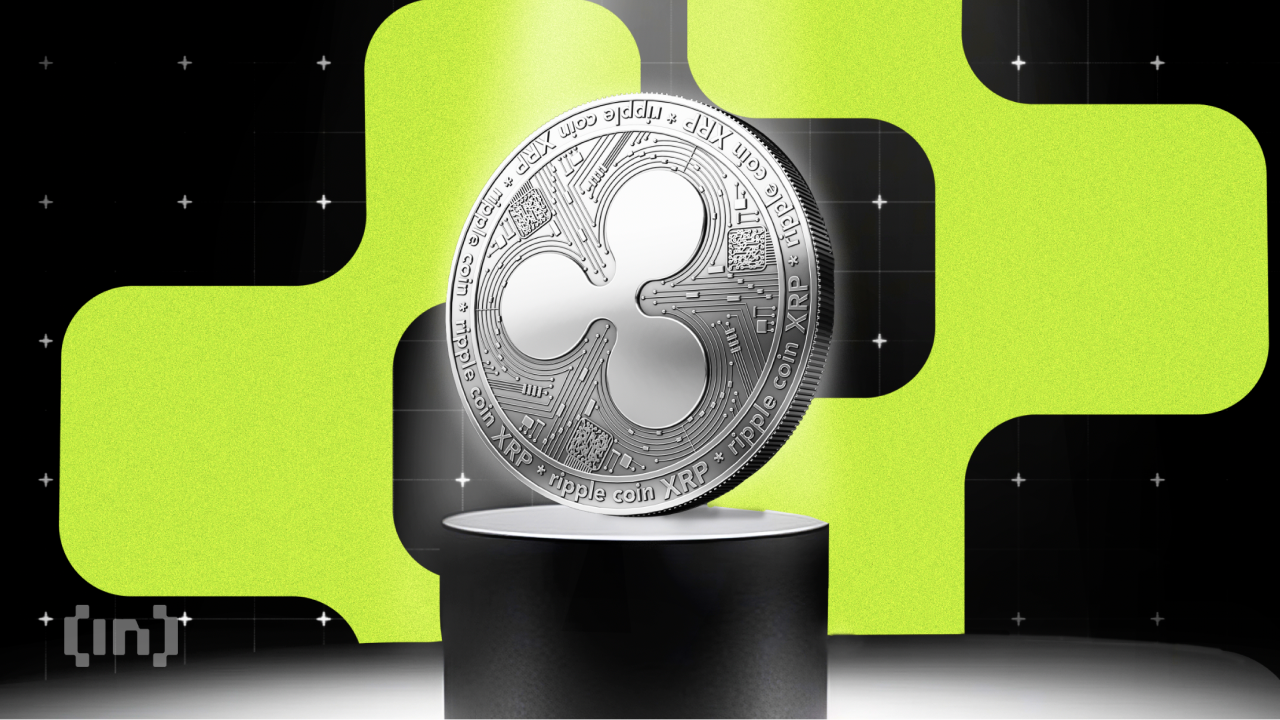

The SEC and Ripple’s joint motion to pause legal proceedings on their cross-appeal has been approved. Both parties will have 60 more days to agree on how to amicably end their legal battle.
The Ripple case has been moving toward a final resolution for over a month, but procedural hurdles keep the legal battle open. For example, the Commission cannot sign any agreement before Paul Atkins officially takes his seat as Chair.
When Will Ripple and The SEC Reach an Agreement?
The Ripple vs SEC case was one of the largest enforcement actions of the Gensler era, and it’s been wrapping up for over a month now. The Commission signaled that it would drop the case and then fully committed shortly afterward.
One remaining cross-appeal still stands between them and a final agreement, but they both proposed to settle. That proposal has made progress:
“The parties’ joint motion to hold the appeal in abeyance has been granted. The SEC is directed to file a status report within 60 days of this Order,” claimed James Filan, an observing attorney with no direct connection to either party.
Specifically, Ripple and the SEC filed a joint request last week to pause all courtroom appearances related to the cross-appeal. The two parties were making solid progress with an agreement and wished to save time and legal fees.
The SEC also made a similar joint request with Binance, claiming that the two parties had “productive talks” toward a settlement. That request differed slightly from the joint motion filed by Ripple and the SEC, as the Binance filing mentioned broader policy implications.
Still, today’s development shows that things can progress much faster than the 60-day deadlines.
Unfortunately, there are still a few obstacles to a speedy resolution. President Trump nominated Paul Atkins to be the next SEC Chair, and he successfully passed his confirmation hearings. The formal swearing-in ceremony hasn’t actually happened, though.
It’s a formality that could happen at any time, but procedural issues can still hold up the process.
That is to say, Atkins will need to Chair the SEC to approve a settlement with Ripple. The crypto industry is used to a chaotic and fast-paced business environment, but legal proceedings can take a very long time.
Ideally, Atkins could sign a settlement agreement as soon as he takes office. For all we know, however, more minor delays could continue.
Disclaimer
In adherence to the Trust Project guidelines, BeInCrypto is committed to unbiased, transparent reporting. This news article aims to provide accurate, timely information. However, readers are advised to verify facts independently and consult with a professional before making any decisions based on this content. Please note that our Terms and Conditions, Privacy Policy, and Disclaimers have been updated.
-

 Ethereum24 hours ago
Ethereum24 hours agoEthereum Metrics Reveal Critical Support Level – Can Buyers Step In?
-

 Market23 hours ago
Market23 hours agoSolana (SOL) Jumps 20% as DEX Volume and Fees Soar
-

 Market22 hours ago
Market22 hours agoHedera Under Pressure as Volume Drops, Death Cross Nears
-

 Market21 hours ago
Market21 hours agoEthena Labs Leaves EU Market Over MiCA Compliance
-

 Market20 hours ago
Market20 hours ago3 US Crypto Stocks to Watch Today: CORZ, MSTR, and COIN
-

 Market19 hours ago
Market19 hours agoBitcoin Price on The Brink? Signs Point to Renewed Decline
-

 Altcoin17 hours ago
Altcoin17 hours agoRipple Whale Moves $273M As Analyst Predicts XRP Price Crash To $1.90
-

 Market16 hours ago
Market16 hours agoArbitrum RWA Market Soars – But ARB Still Struggles






